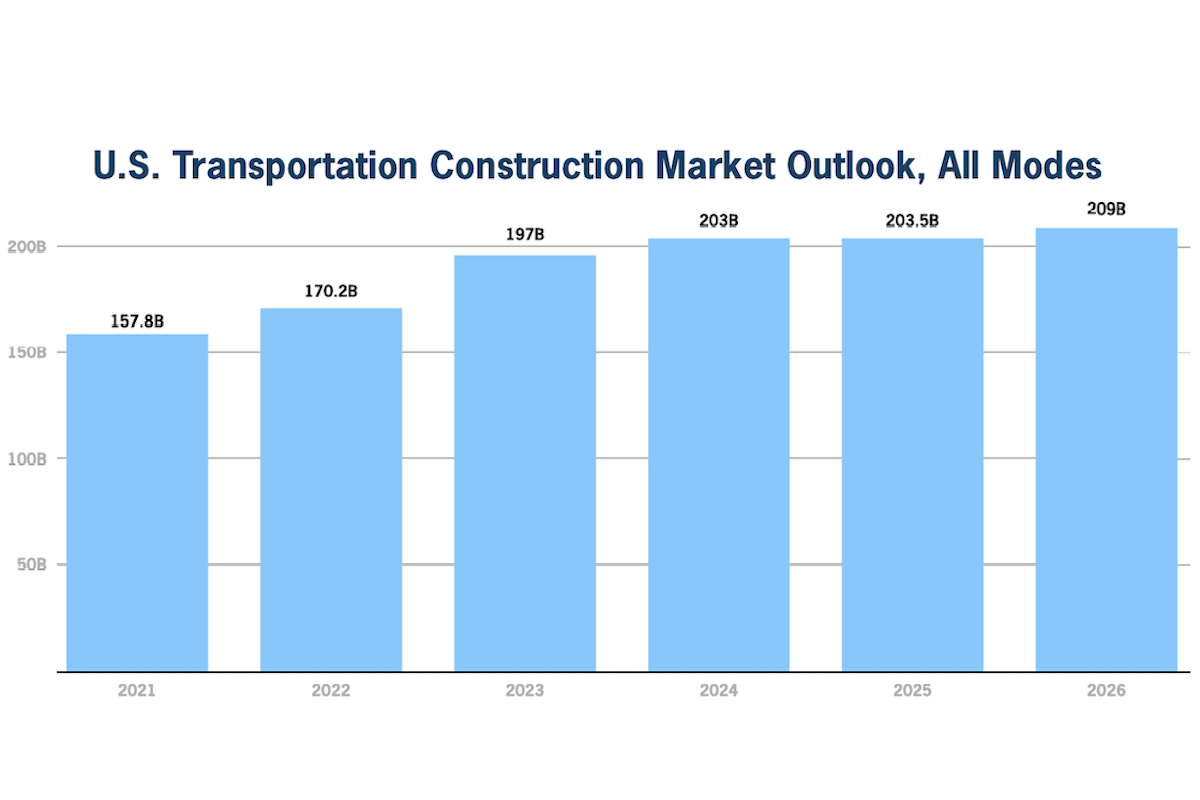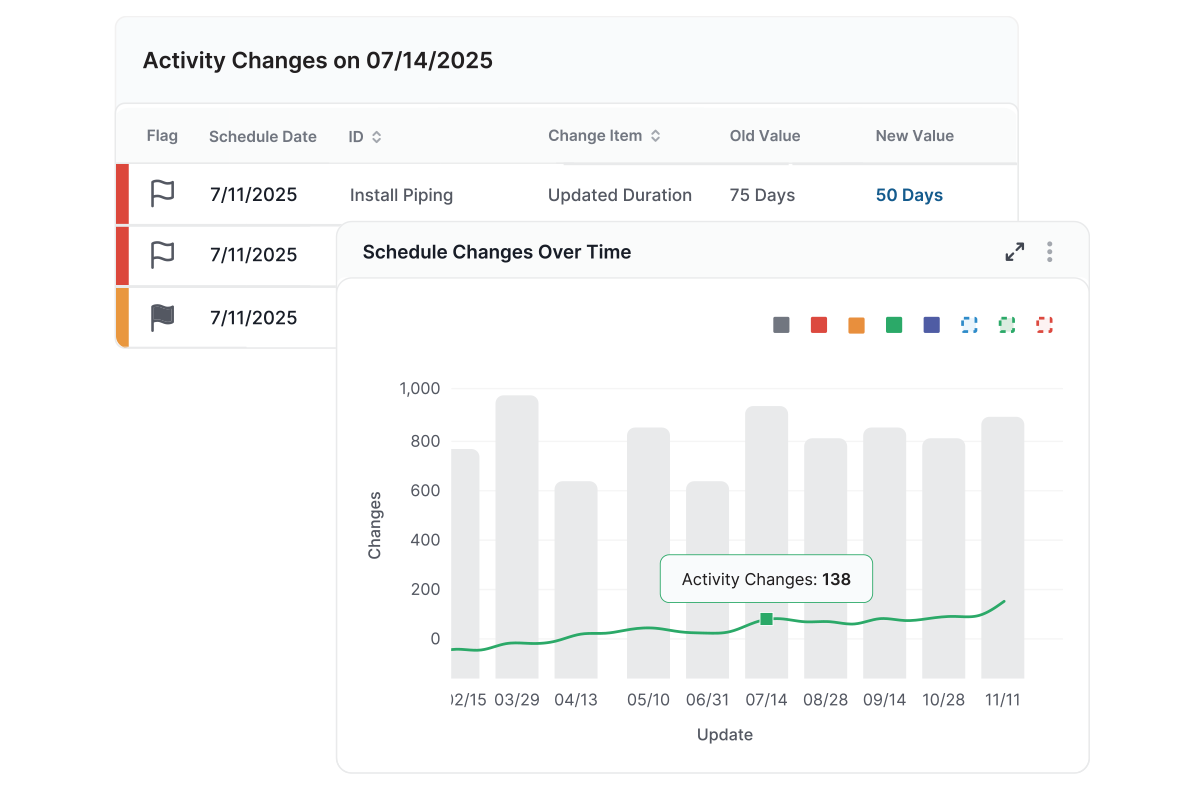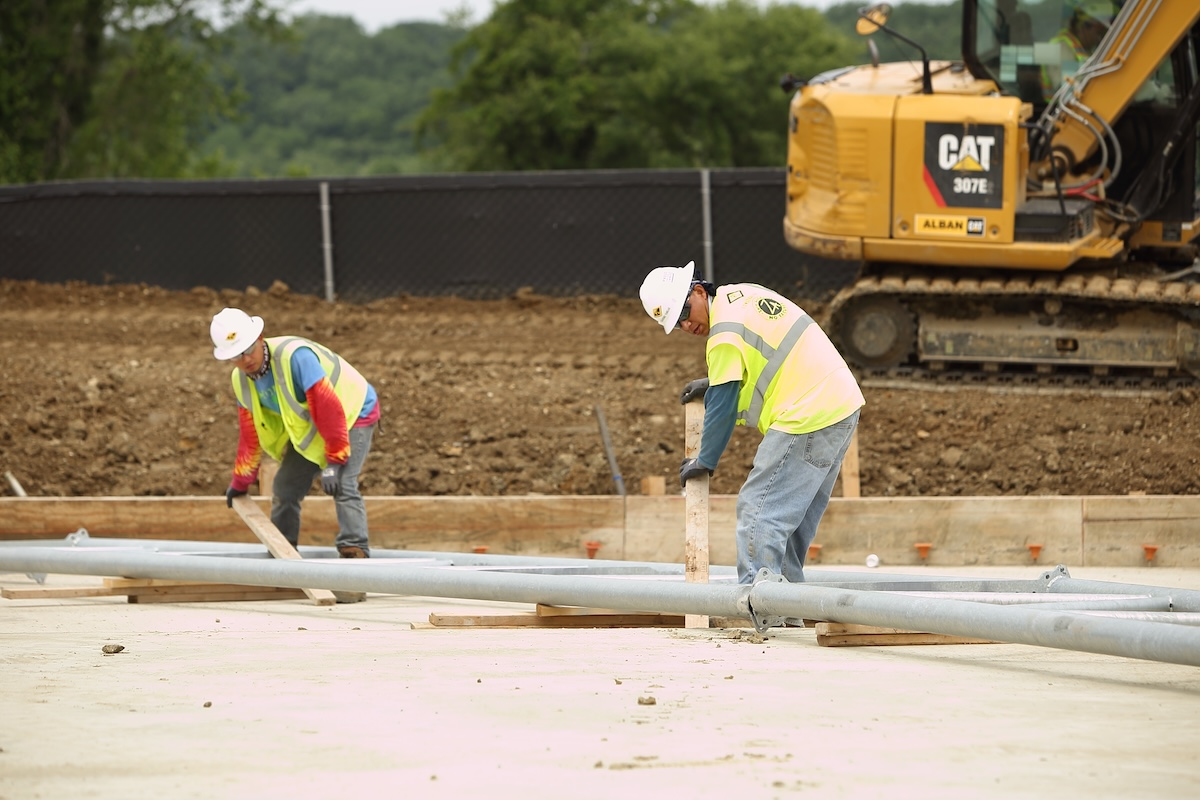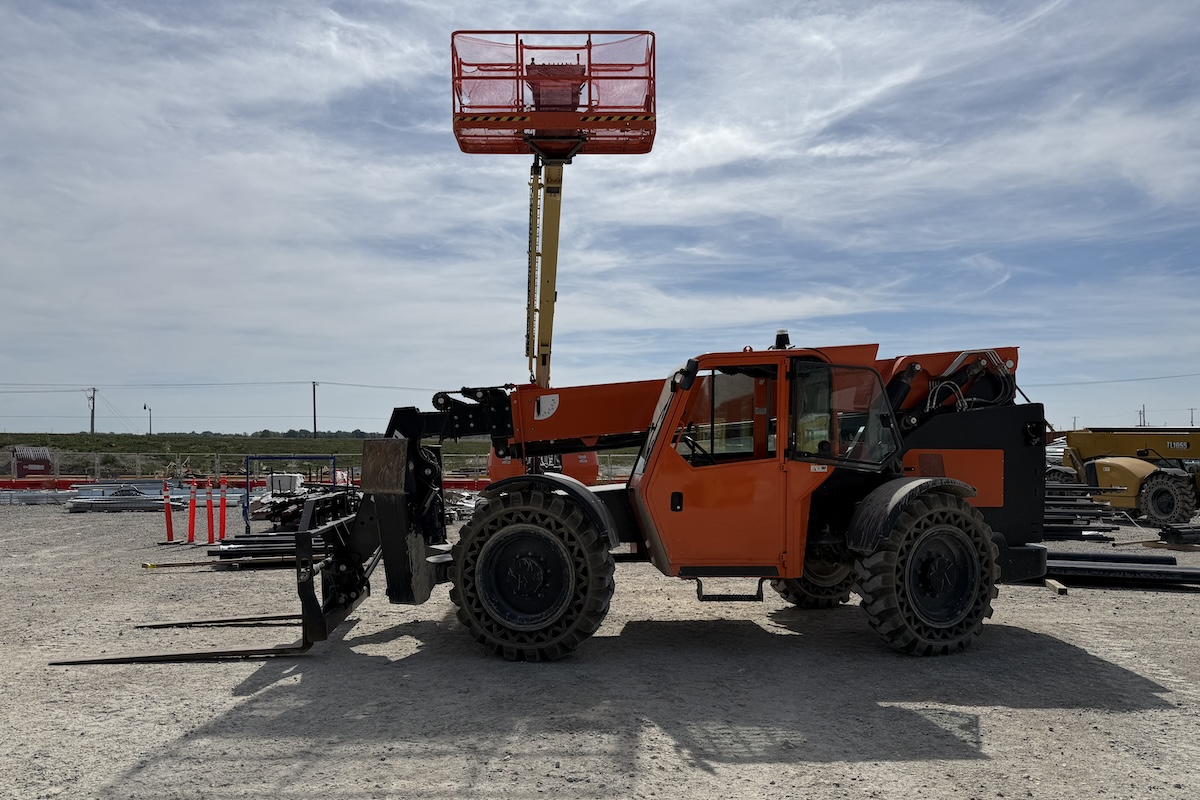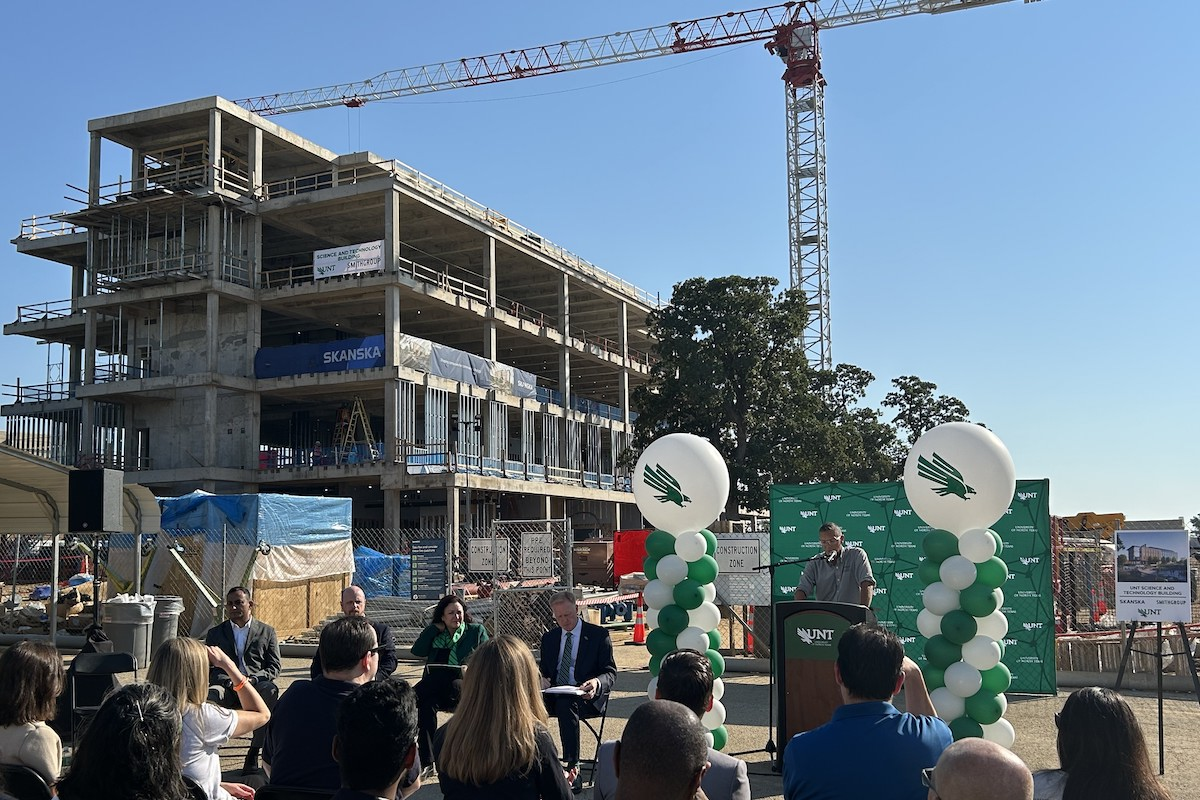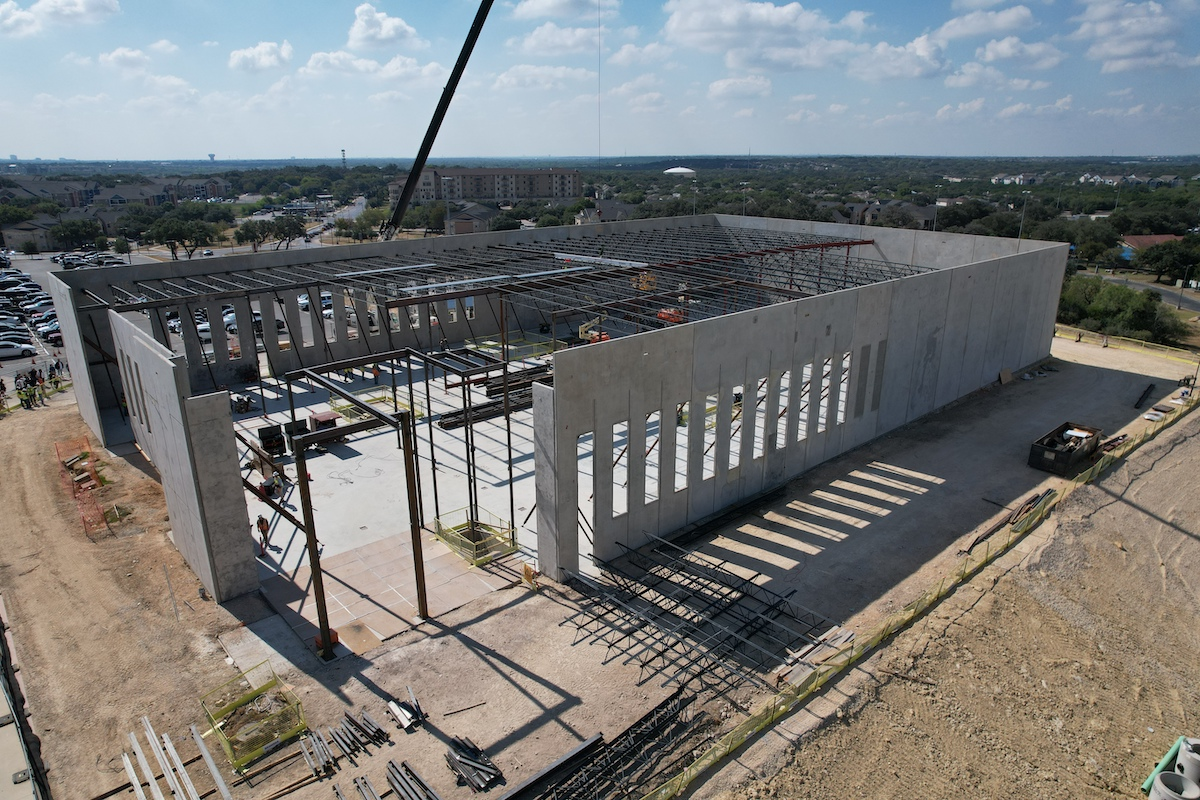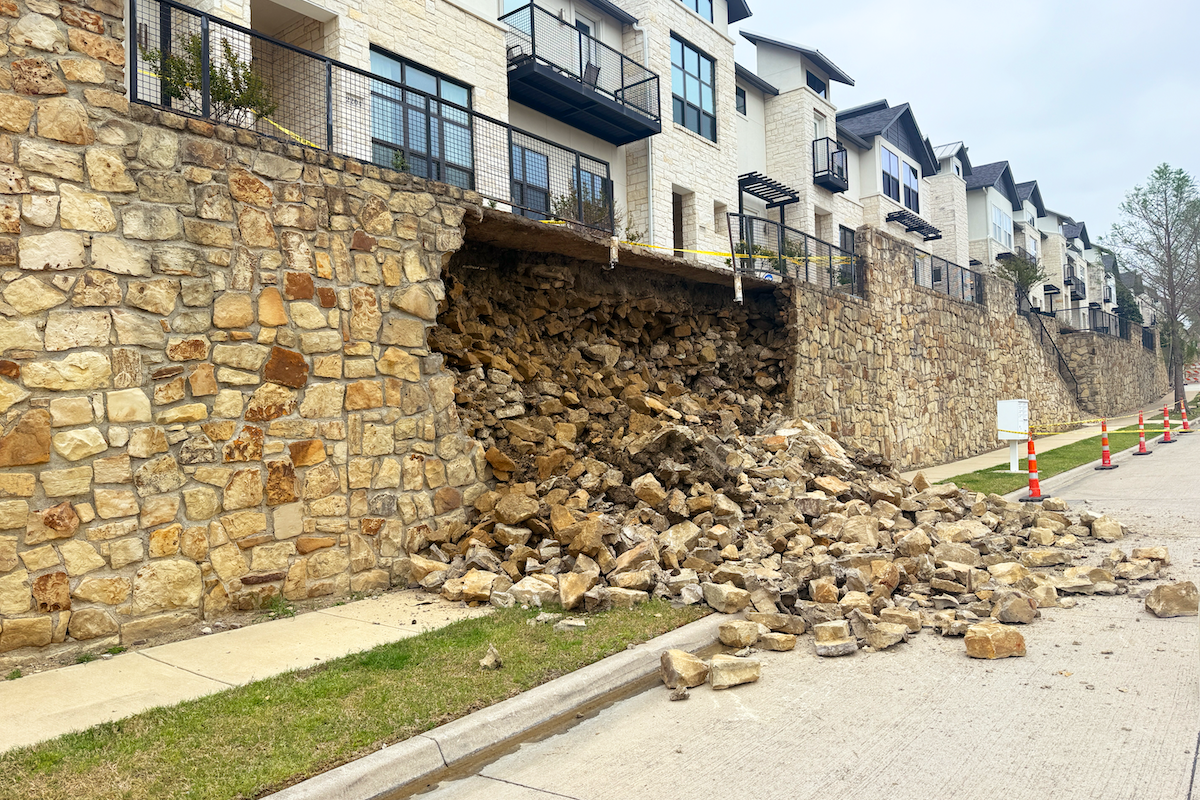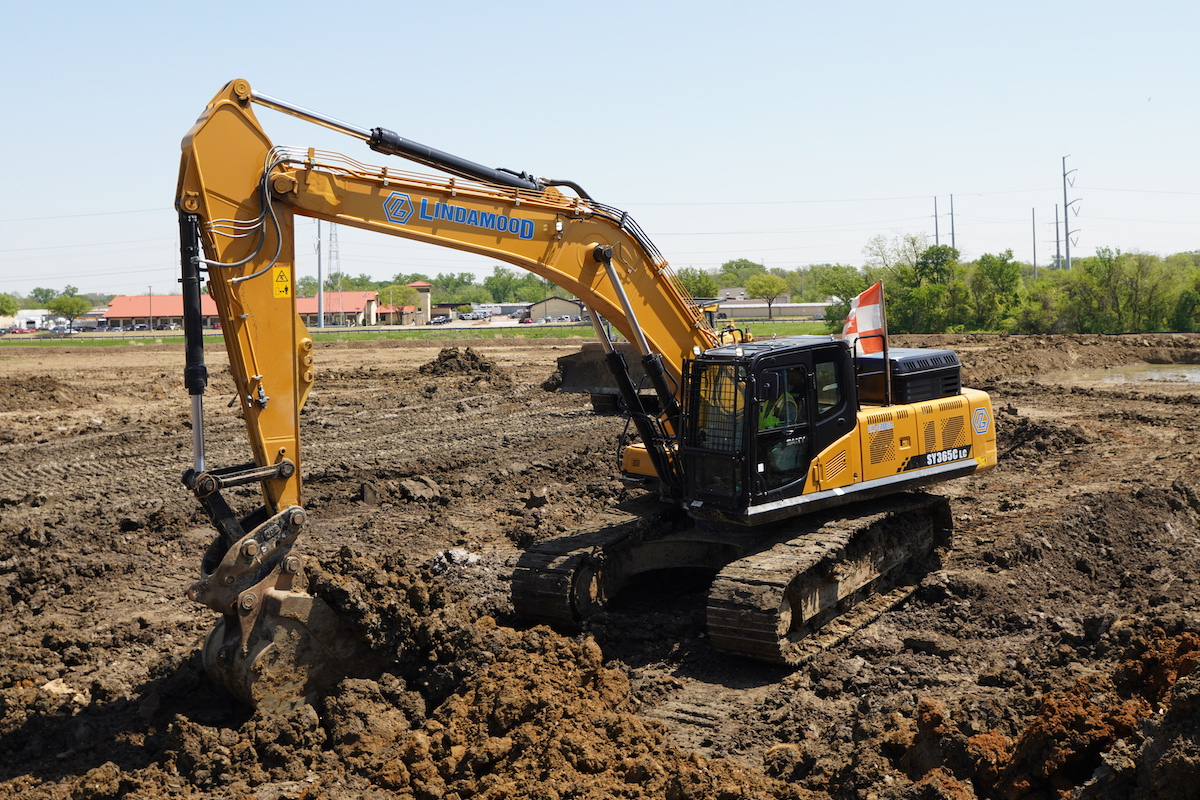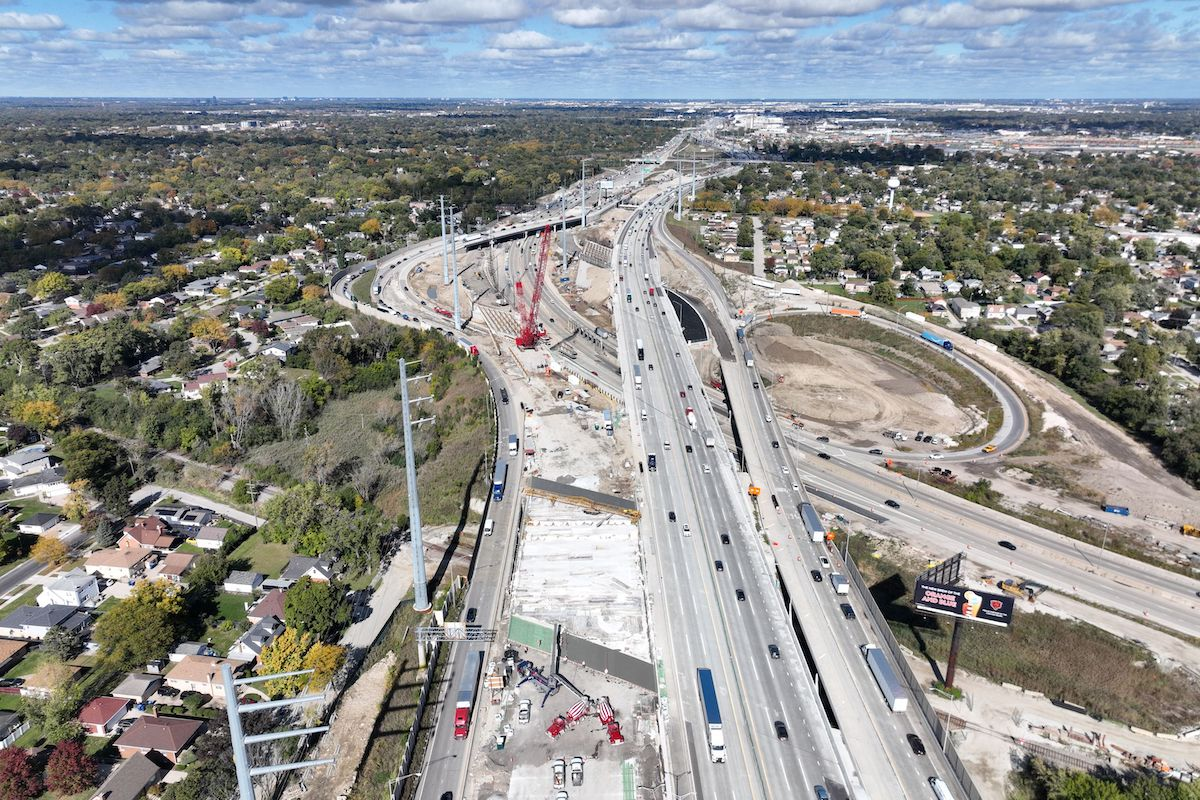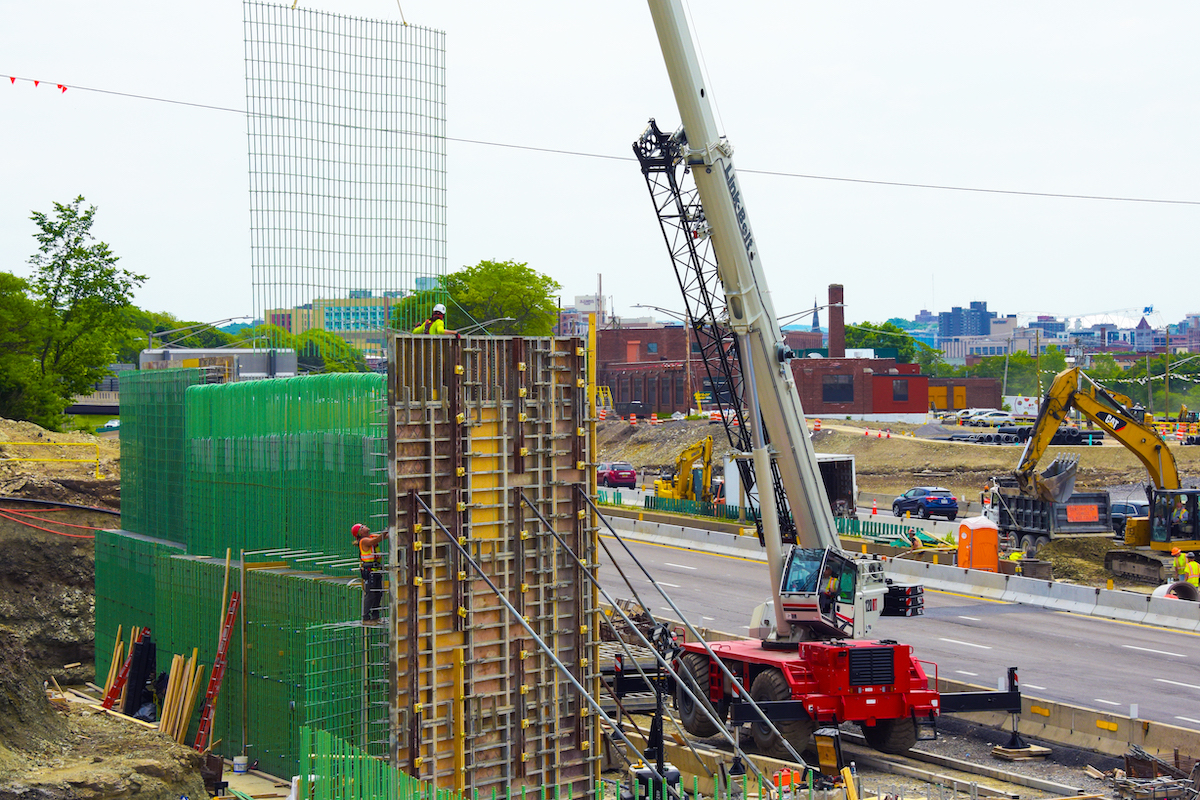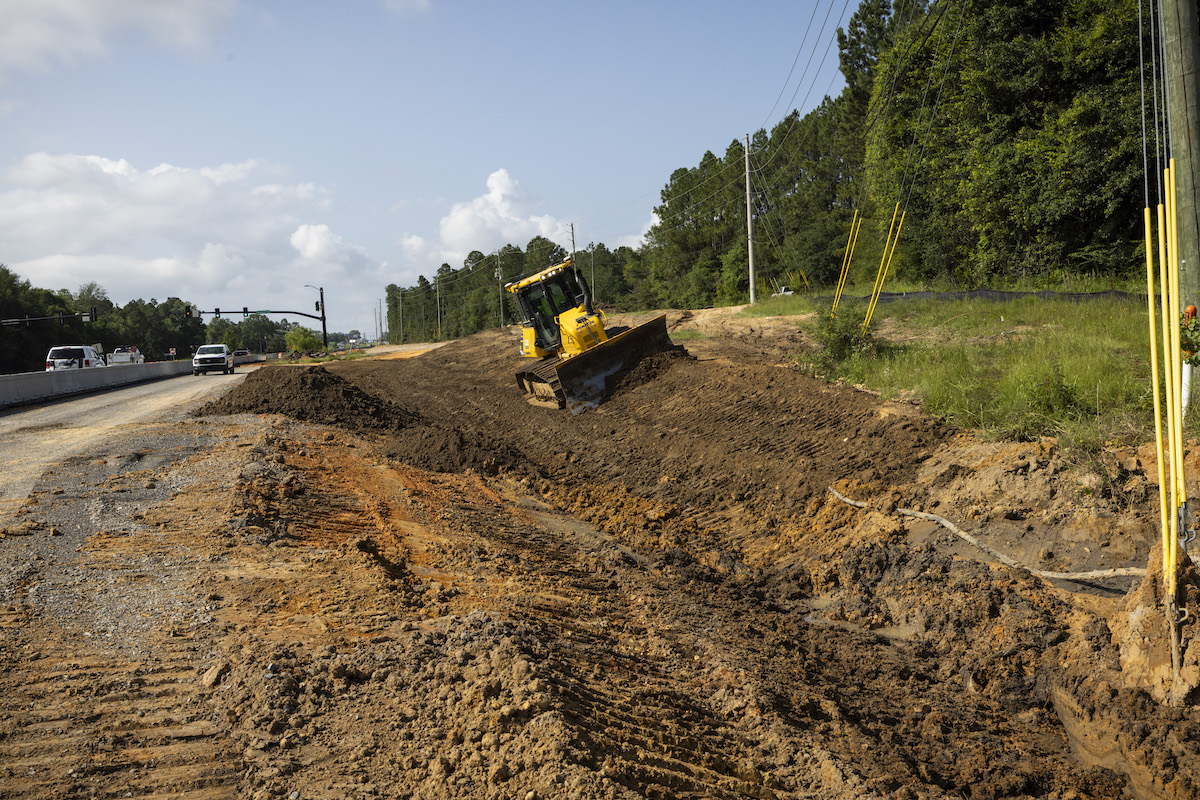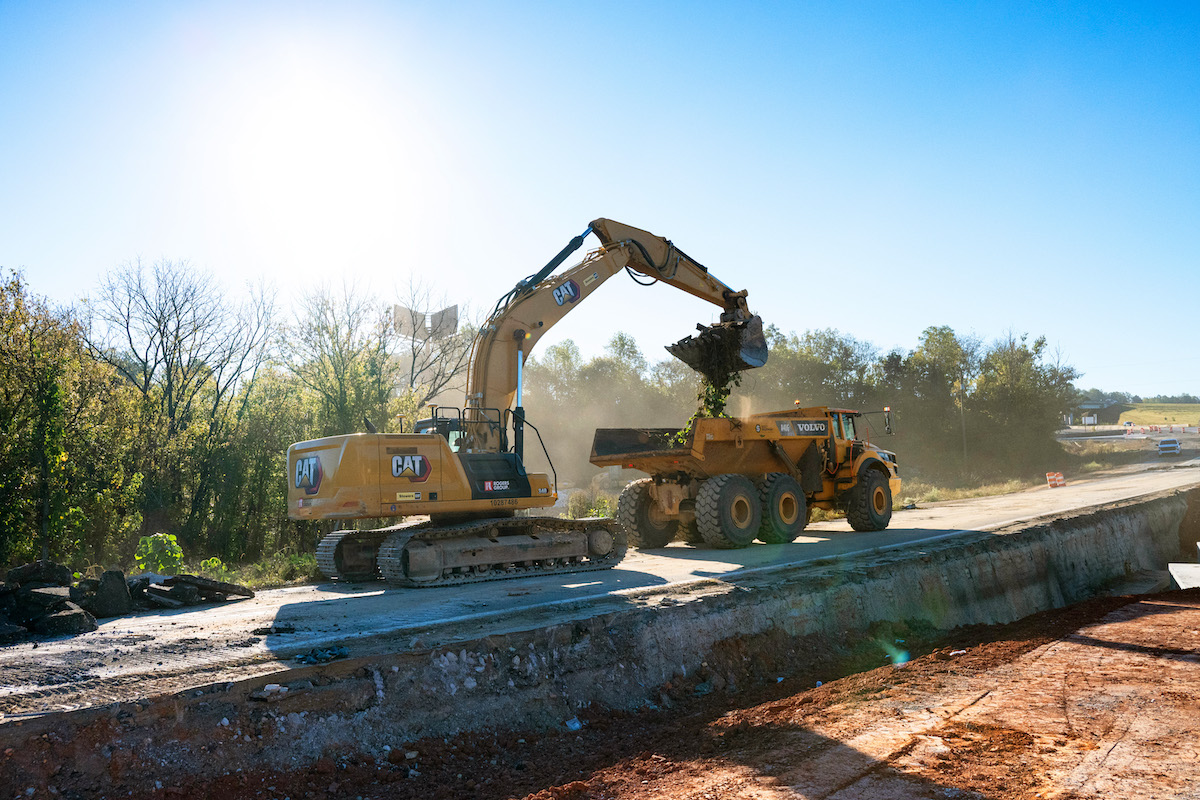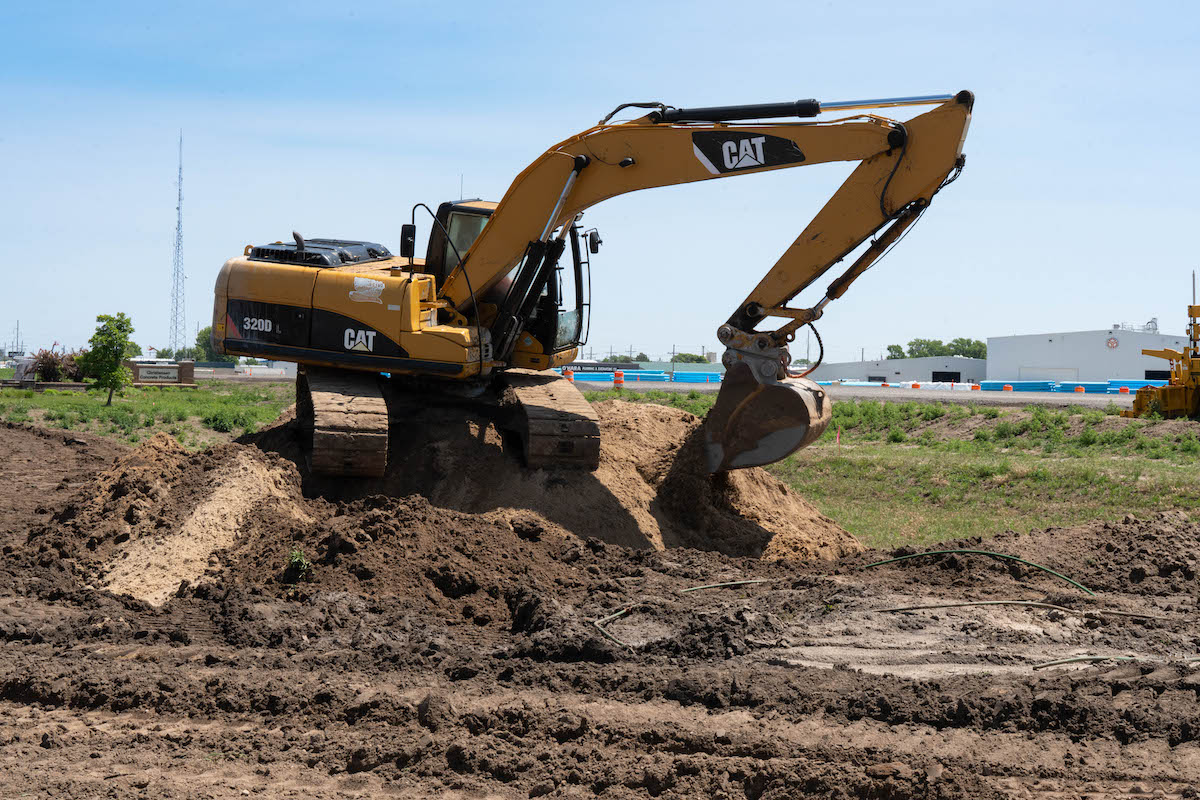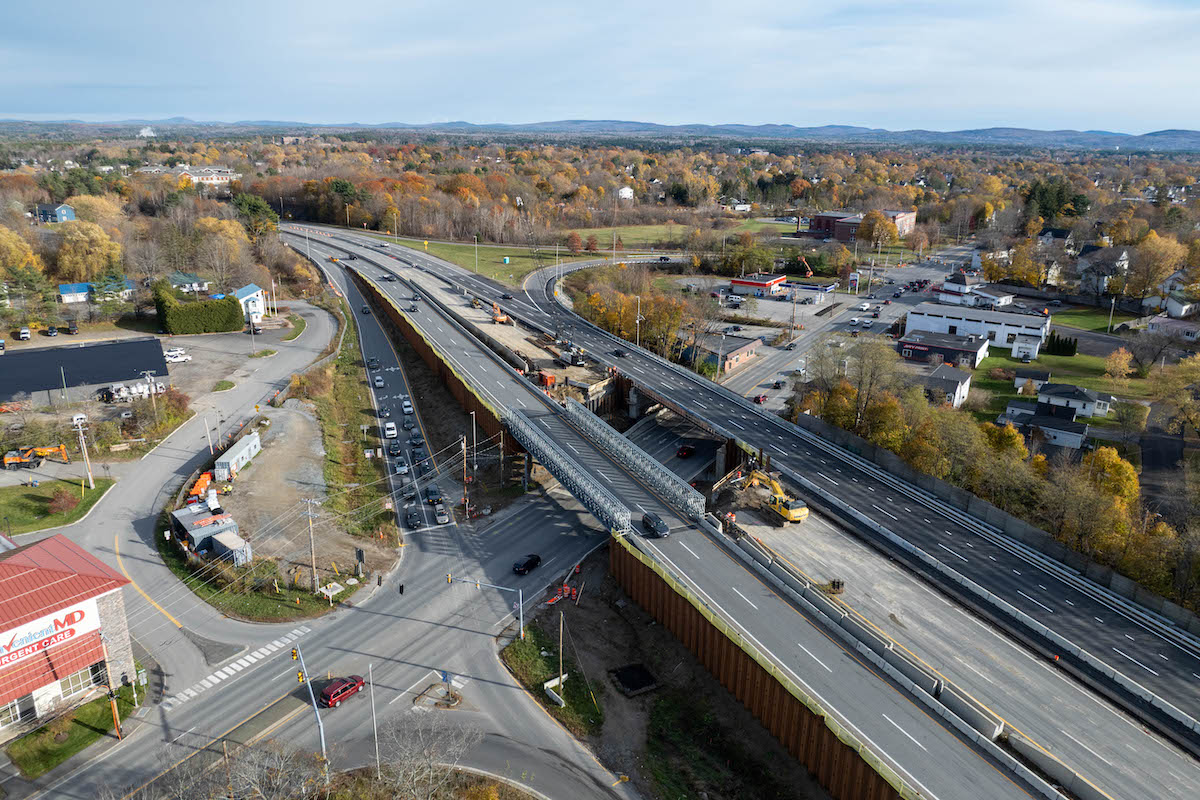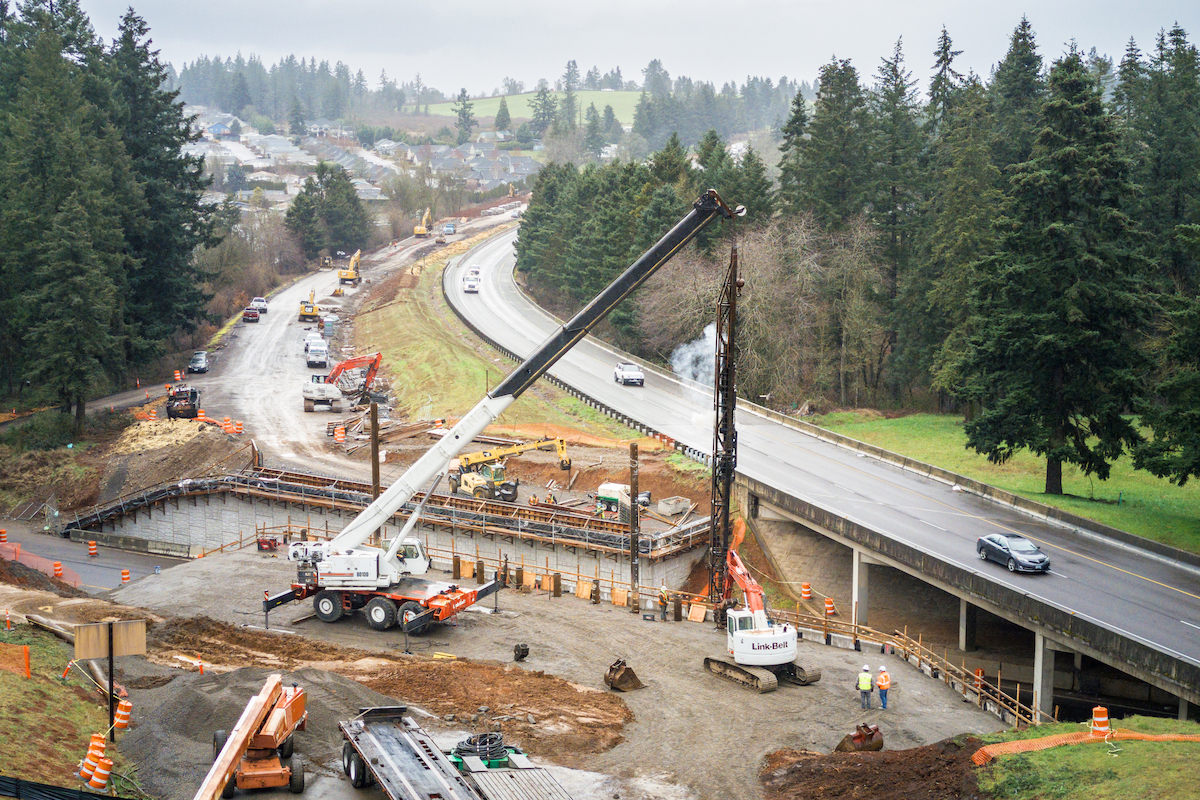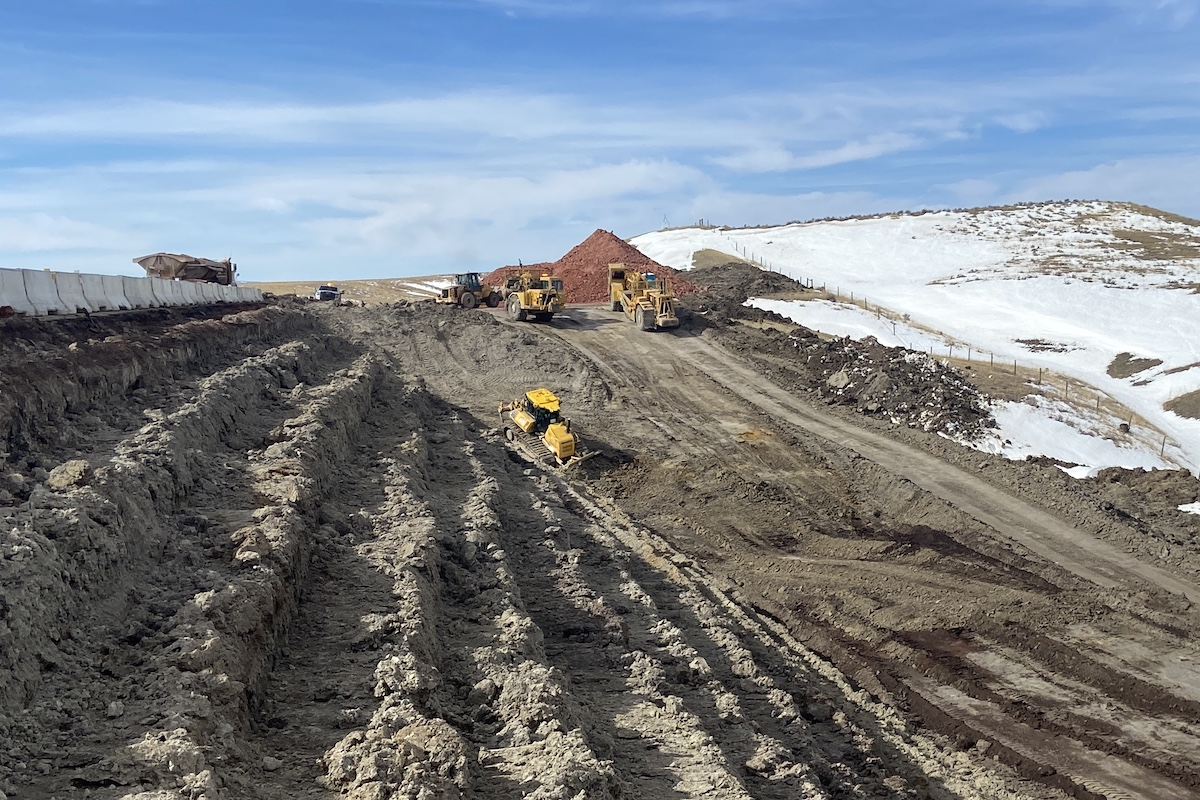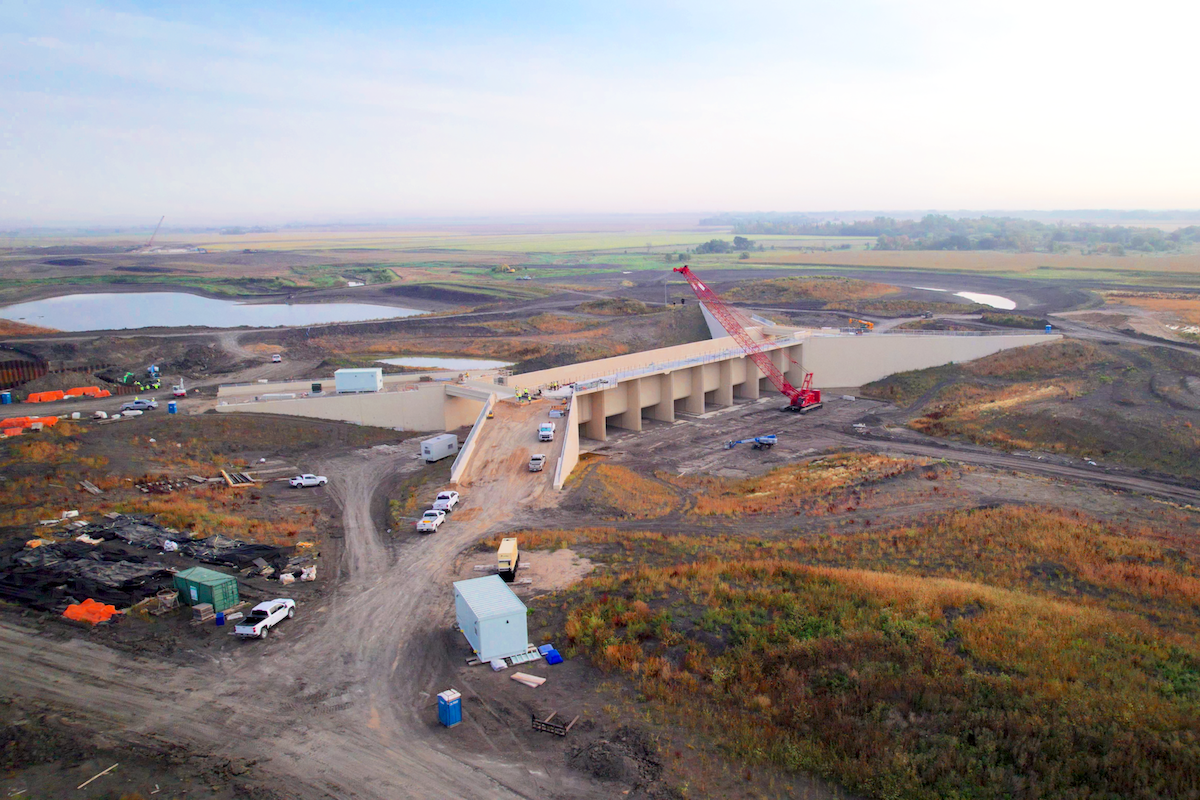In 1963, Doris Troy sang that it only took “Just One Look” for her to fall for him. The song was a hit, spending 14 weeks on the pop charts and returning to the charts again when it was covered by The Hollies and Linda Ronstadt. And in 1963, courts across the country would only need one look to evaluate whether a liquidated damages clause was enforceable. There was only one test to apply. Most courts accept the premise that damages are hard to calculate, so often the sole focus was the reasonability of the estimate.
But things have changed. Today, Texas Courts are taking two looks to judge whether liquidated damages can be enforced. That’s why we’re taking a second look at how a party can enforce — or challenge — liquidated damages.
Liquidated damages are a set amount written into a construction contract to cover the owner's costs if the project isn’t finished on time. In this context, the term “liquidated” has a meaning similar to liquidating assets. The parties are agreeing on (or setting) the daily damage amount.
They’re meant to reflect a reasonable estimate of what delays might cost — like lost income, extended project overhead, or longer carrying charges. This helps both sides avoid disputes later, since the amount is agreed to up front. And fixing liquidated damages means the owner can’t claim other damages.
But the number can’t be excessive or meant to punish the contractor as a penalty. If it’s punitive, it might not survive a legal challenge.

| Your local Cementech dealer |
|---|
| Romco Equipment Co |
Historically, courts have scrutinized liquidated damages carefully. Opinions on liquidated damages often referenced our British Common Law heritage and explained that English courts would not enforce damages that serve as a penalty. The test that emerged in the U.S. required someone seeking to enforce liquidated damages — in our world, typically the project owner — to show that the damages aren’t a penalty. They would do this by proving that:
- The harm caused by the delay would be difficult or impossible to estimate
- The amount of liquidated damages is a reasonable estimate of just compensation
Texas courts followed that general rule for years. Well, maybe a few appellate decisions headed off in other directions, but let’s not focus on that. Generally, our courts (and arbitrators) would take “just one look,” using the two-prong, forward-looking analysis described above. Was the number reasonable at project start? In fact, many owner-drafted contracts today attempt to assist the courts. They include a covenant reciting that damages are hard to calculate and that the agreed liquidated damages are indeed a reasonable estimate.
This focus began to change in Texas in the last 10 years or so, with an energy case from 2014 that we’ll call “FPL Energy.” There, the Texas Supreme Court faced liquidated damages that were high, in part because they included lost compensation for energy credits arising from selling energy to the grid. But at the planned completion date, the energy credits were no longer available. To simplify a complex damages analysis, the liquidated damages awarded at trial were $29 million, while the actual damages totaled $6 million.

| Your local Wirtgen America dealer |
|---|
| Kirby-Smith Machinery |
| Nueces Power Equipment |
The court held that the liquidated damages provision could not be enforced due to “unbridgeable discrepancy” between the actual damages, and the liquidated damages provision was found unenforceable. The Supreme Court told us that “just one look” at the project start wasn’t enough. The contractor could challenge the fixed damages at the end of the project as well.
This change in approach was solidified in 2020 with a case we’ll call “Atrium.” Now the leading decision on the enforcement of liquidated damages provisions in Texas, “Atrium” confirmed the second look analysis. The previous forward-looking two-part test still applied, but our analysis now added the retrospective “unbridgeable discrepancy” analysis. Although “Atrium” involved medical supplies, the decision — like the “FPL Energy” case — is directly applicable to liquidated damages used in our industry.
What’s an “unbridgeable discrepancy”? Good question. It appears to be a case-by-case analysis. We can see that a 4.8-1 ratio appears to be “unbridgeable.” But there’s no bright-line test that can be applied to determine whether liquidated damages are unbridgeably higher than the actual damages.
The second look test makes sense to us. After all, damages could be both a reasonable estimate at the project start and later disproportionate to actual circumstances. Things do change over time, as The Angels sang in another 1963 hit, “My Boyfriend’s Back.” Things change in commercial relationships as well. We’ve seen that in practice.

| Your local Takeuchi Mfg Ltd dealer |
|---|
| Kirby-Smith Machinery |
| Nueces Power Equipment |
At least one highway construction client saw this on a project in Austin, Texas. Some years ago, a client was completing a flyover that would connect southbound I-35 traffic in Austin to a new toll road. The flyover was late, and the Texas Department of Transportation (TxDOT) was discussing liquidated damages. But the toll road construction was also running late, and it wouldn’t finish until well after our client’s flyover.
TxDOT’s actual damages might very well have been a reasonable estimate of damages for delay in a road that connected two highways. But as the flyover neared completion, the damage picture had changed. Our clients were completing a structure that would be — at least for a few months — the proverbial bridge to nowhere.
But be careful what you wish for. Liquidated damages act as a substitute for actual damages. When enforceable, they prevent claims for actual damages. If they’re unenforceable, the owner is allowed to seek actual delay damages, and those might well exceed the stipulated daily liquidated damages.
That happened to me (Curtis Martin) in a case where we represented a Florida condominium developer whose project was delayed for almost a year. The parties argued in arbitration over responsibility for delay, and at one point the contractor moved to declare the liquidated damages unenforceable as excessive and a penalty.

| Your local Gomaco dealer |
|---|
| Romco Equipment Co |
| Closner Equipment Co Inc |
We quickly offered to stipulate that the liquidated damages were unenforceable — not because they were excessive, but because that would allow us to present our client’s actual damages, which dwarfed the agreed daily charge. The builder’s attorney quickly withdrew his motion, and the arbitrator’s award measured the owner’s delay costs employing the liquidated damages.
But that result might change with more modern contracts that waive consequential damages. More recently, we represented a contractor seeking delay damages in a case where the owner asserted liquidated damages for delays. Again, our opponents were ultimately unsuccessful, but along the way, the owner’s counsel admitted that their liquidated damages were unenforceable, as an “unbridgeable discrepancy” existed when compared to their much smaller actual damages. They asked the court to allow them to substitute their actual damages.
But unlike the condominium case above, that contract was a standard AIA form, with the common mutual waiver of consequential damages. That waiver excluded any liquidated damages, but it didn’t exclude actual delay damages. The court struck the motion to substitute actual damages, and the owner was left with a faulty damages analysis and no damages remedy. With the motion denied, the parties negotiated a settlement with a successful resolution for our clients.
So, times have changed. We can still enjoy Doris Troy’s hit, “Just One Look,” but owners seeking delay damages — and contractors fighting them — need more than one look to assess liquidated damages.





